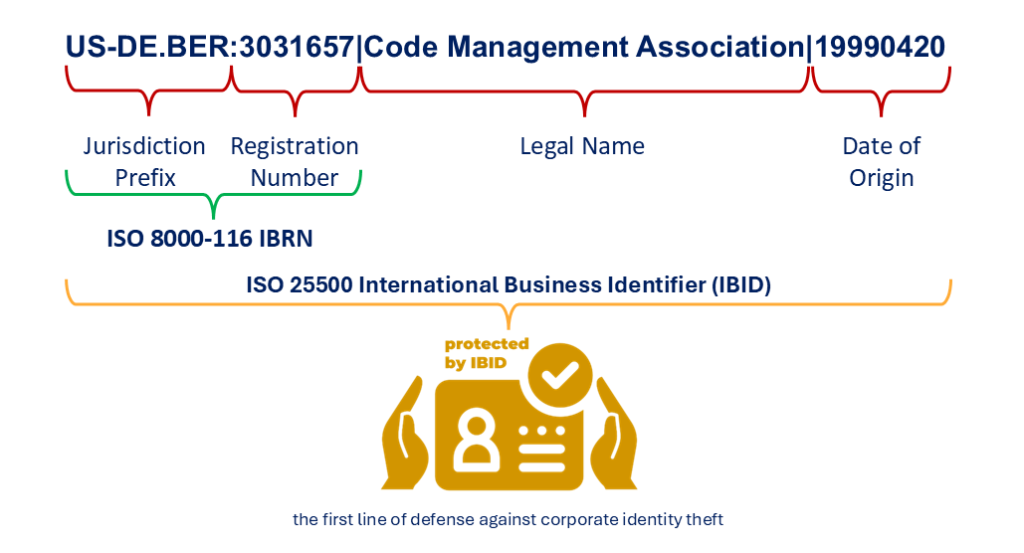
Authoritative business identifiers power supplier identity verification, help eliminate corporate fraud and enable automated supplier optimization
Identifiers are the life blood of the digital universe.
From user accounts to device addresses, identifiers ensure seamless communication and data integrity throughout digital networks.
All identifiers are not created equal; identifiers can either be “authoritative” or “value added proxy identifiers”. For Supplier Identity Verification, we are interested in the authoritative identifier of a company.



What is an authoritative identifier?
An authoritative identifier is an identifier issued by the creator of the identified object. Manufacturer part numbers are authoritative identifiers, issued by the creator of the product; distributor part numbers are proxy identifiers, issued by someone in the value chain. The same distinction is made when identifying a company.
Why does the type of business identifier matter?
This difference is of critical importance when dealing with legal entity (company) identification. Company identifiers issued by government agencies, when a legal entity was formed, are Authoritative Legal Entity Identifiers (ALEI). They identify a company in law in the jurisdiction in which the company was formed.
This is vital for contracting, regulatory compliance or legal redress purposes.
Company identifiers issued by data services providers (for example Dun and Bradstreet, GLEIF, GS1), or other non-governmental organizations (for example NATO), are proxy or value-added identifiers. These identifiers typically link to data that is additional to company identity data.
Taxpayer identifiers or customs identifiers are proxy identifiers, as although they are issued by a government agency, the agency is not the agency that originally registered the legal entity. They do not prove the company identity for legal purposes.
Are all business identifiers free to use for Supplier Identity Verification?
Company identifiers are considered open identifiers when the owners have committed the identifiers or the algorithm used to create the identifiers to public domain. This can occur when the algorithm used to create an identifier is a published standard, the owner of the identifier is a government agency (like a Government Business Register), or the owner has declared the identifier to be in the public domain (common in open technical dictionaries used to create portable data such as the ECCMA Open Technical Dictionary (eOTD)).
Understanding who owns the identifier is important for two reasons – money and control. First, the owner of the identifier can demand payment to issue an identifier or to access the data the identifier represents (which means ongoing cost in the case of regular Supplier Identity Verification). Second, the owner who controls the identifier can change the identifier or the data set at any time and it is not unknown for identifiers designed for internal use to change without notice and cause chaos for external users, for example users of ERP or procurement systems who store company identifiers as references within their system.
If obtaining or resolving an identifier requires payment, then the identifier is proprietary. In many cases, access to the data a proprietary identifier represents is available for free through a controlled website but automated access (API) or access to bulk data requires payment.
To illustrate using some common proprietary identifiers:
GS1’s GTIN – Annual license required for leading numbers, and for using certain automated GTIN lookup tools
GLEIF’s LEI – Annual fee for LEI registration, lookup is free
Dun & Bradstreet’s DUNS – Registration is free, however a license is required to access data
Generally using a proprietary identifier to look up data that is not controlled by the owner of the proprietary identifier is a violation of the license. For example, the Dun and Bradstreet license typically allows the DUNS number to be used internally to look up data but it cannot be used externally, for example through a public facing website, to look up data that was not provided and controlled by Dun and Bradstreet.
